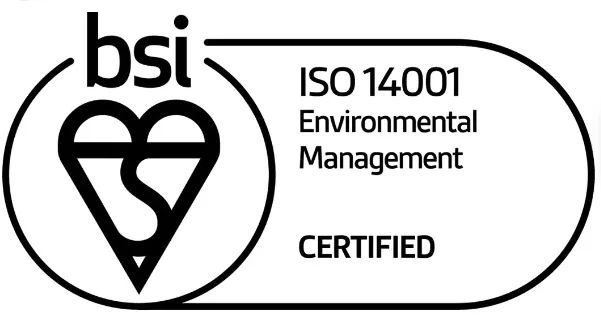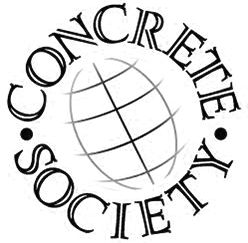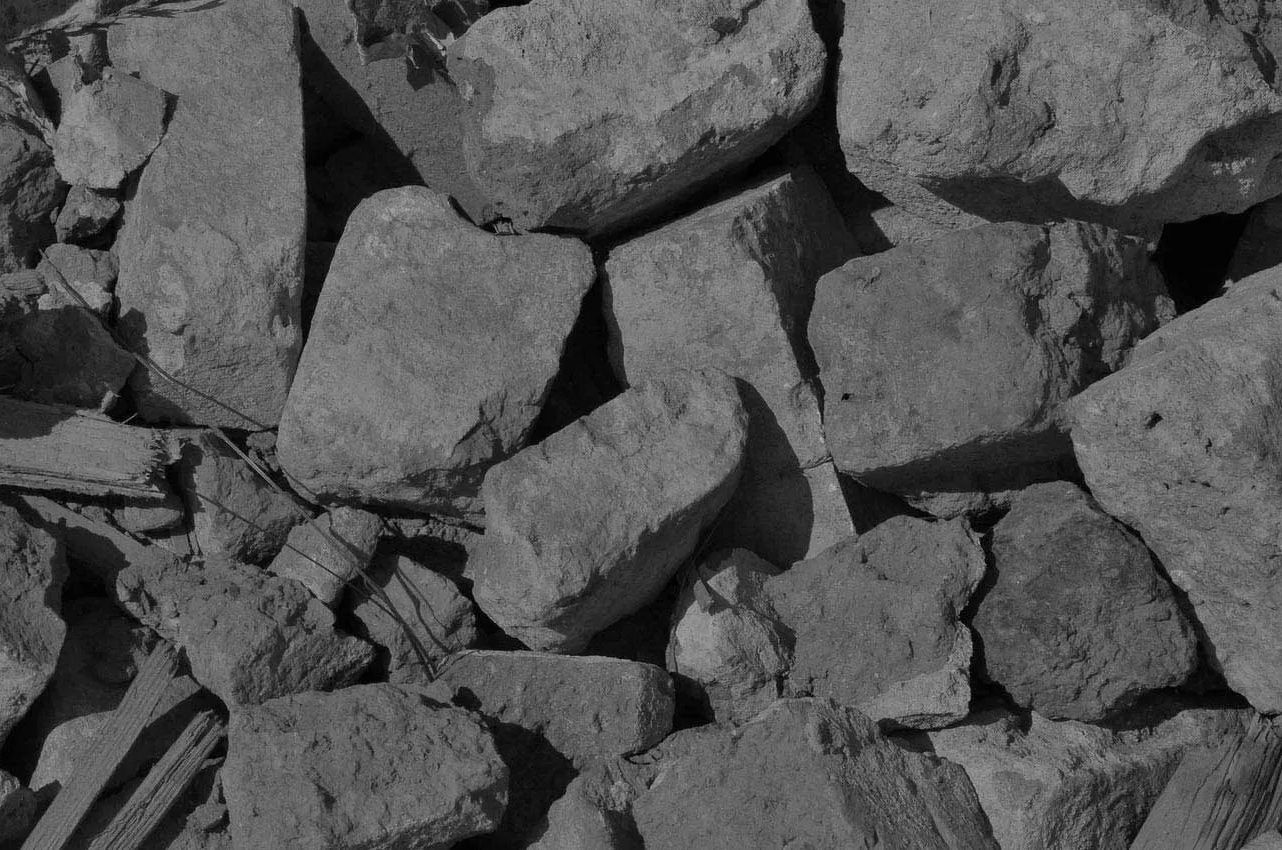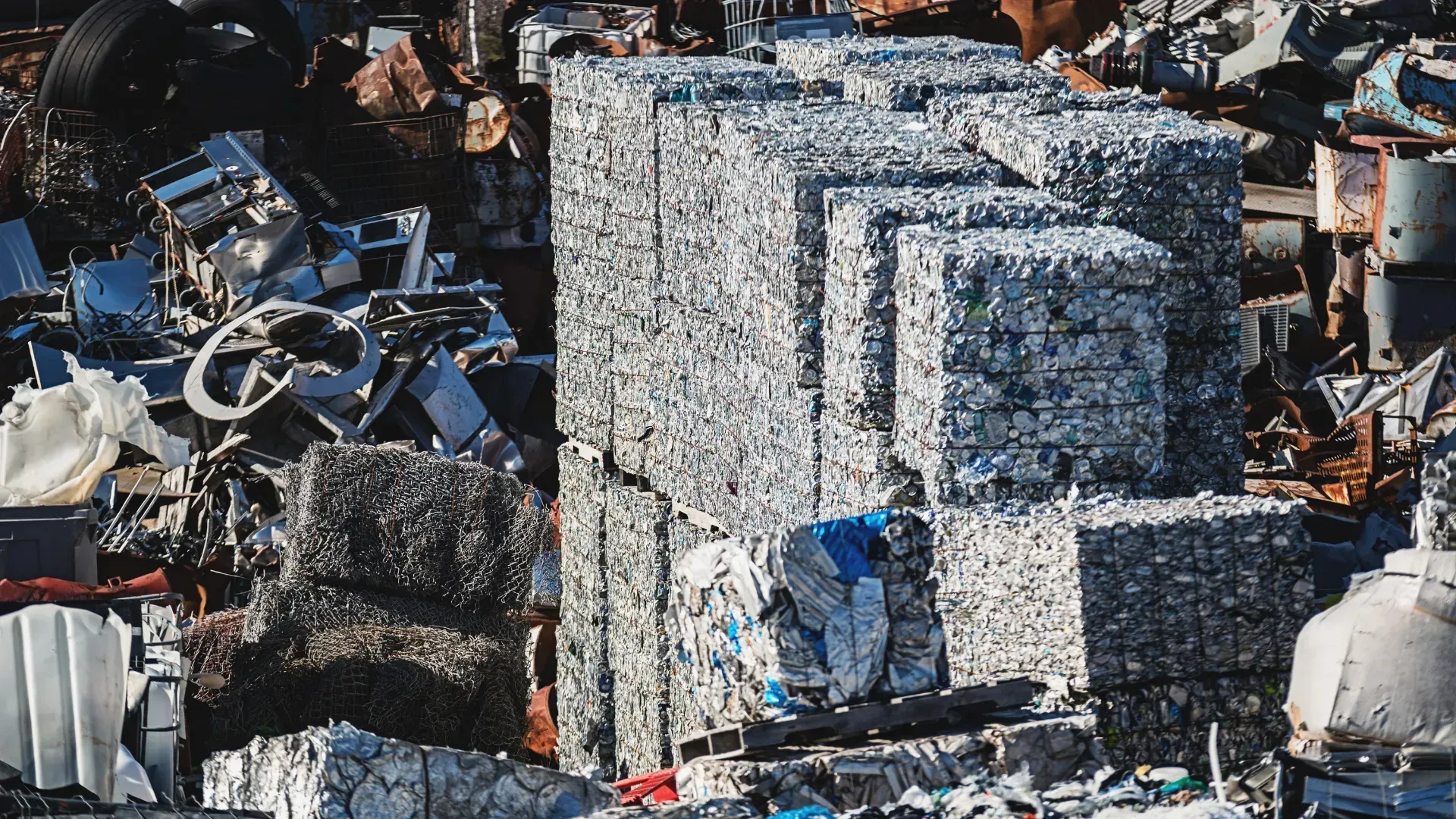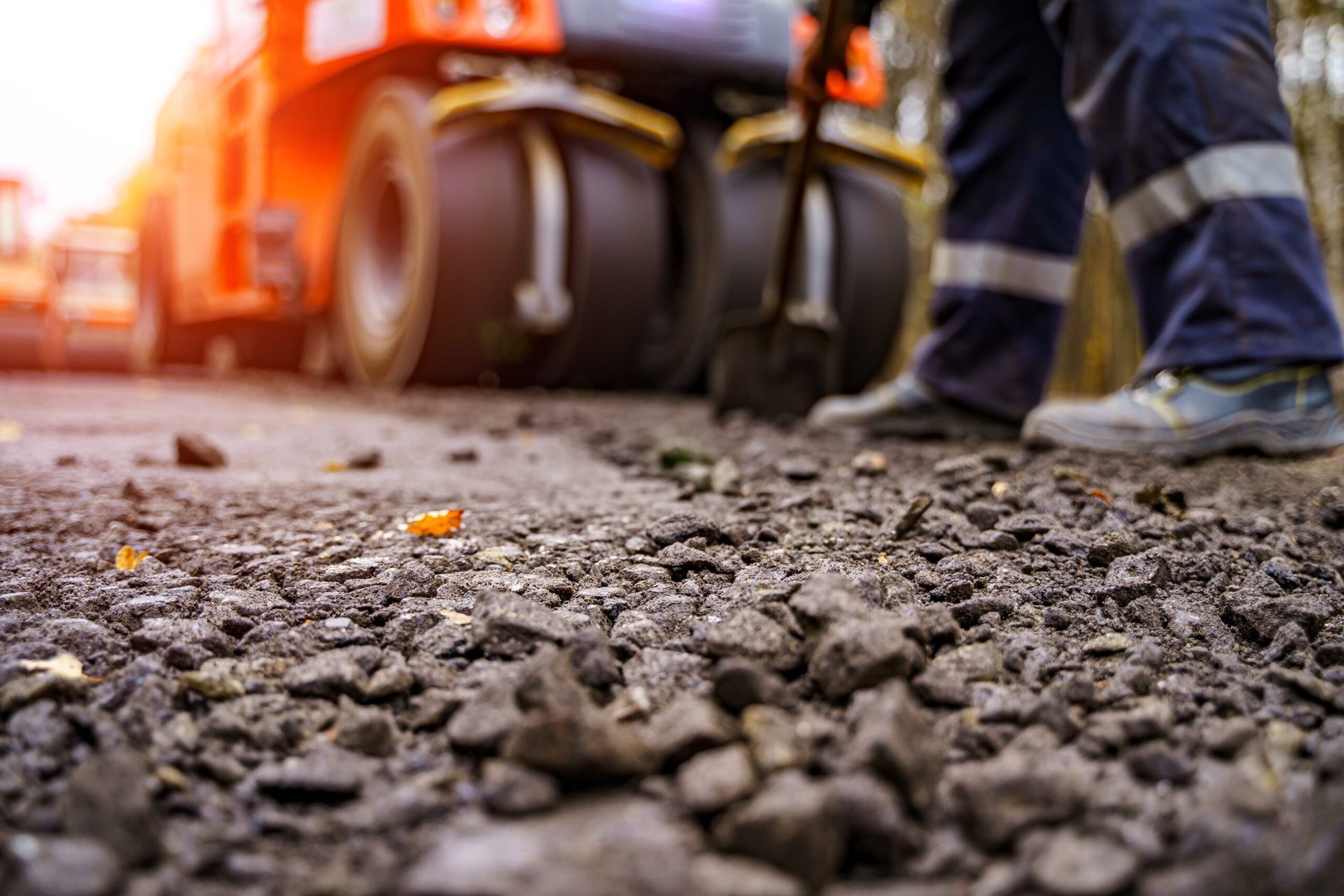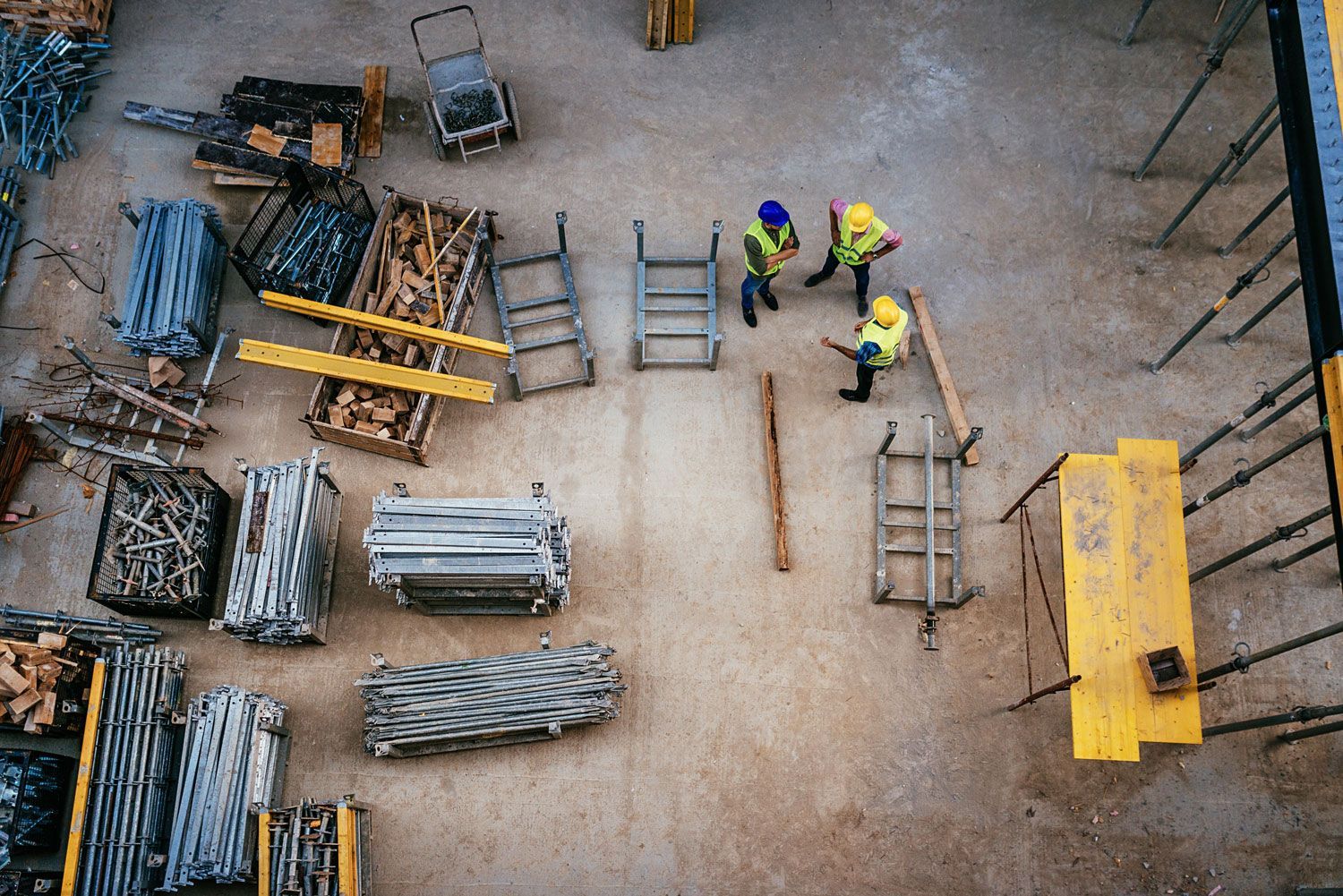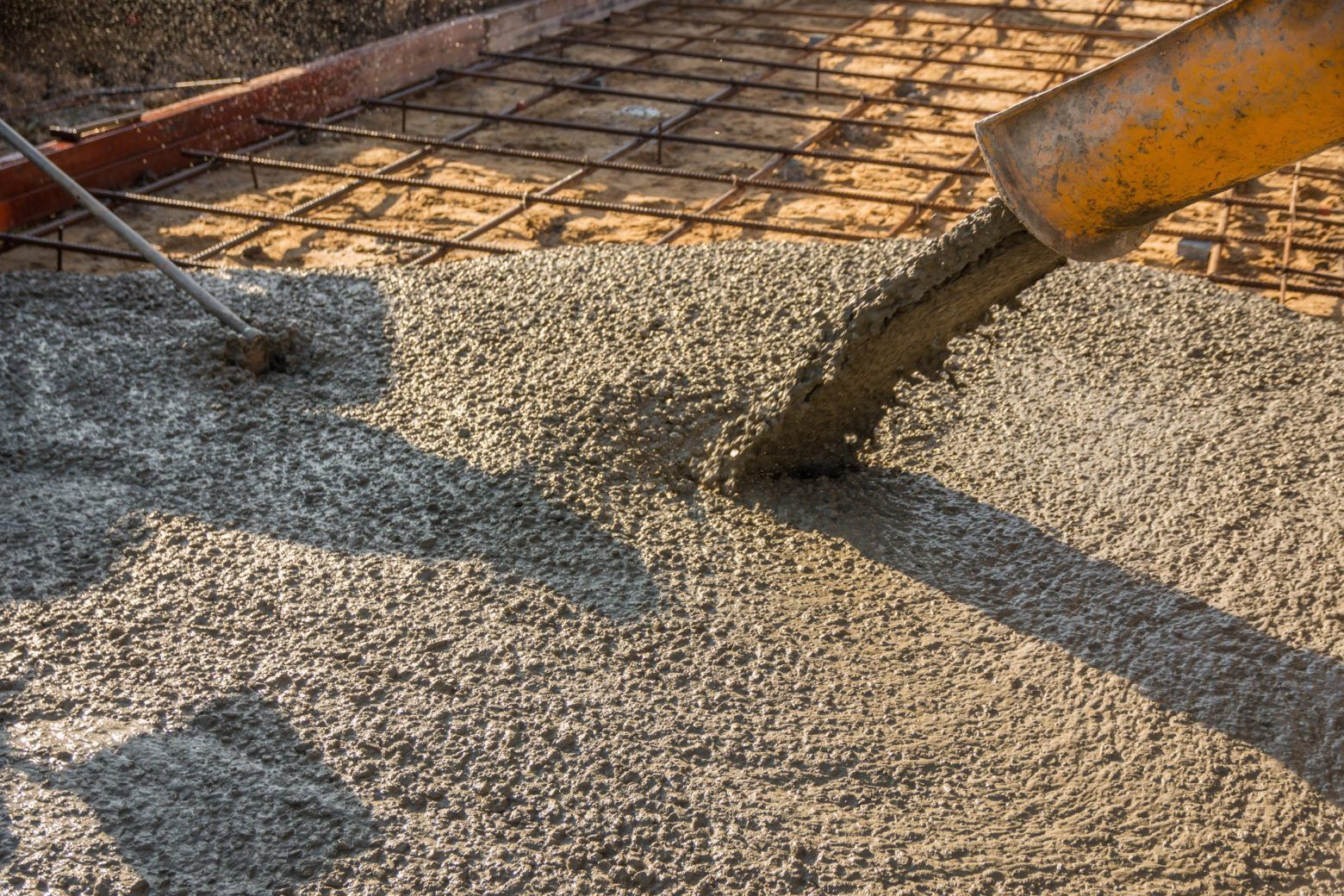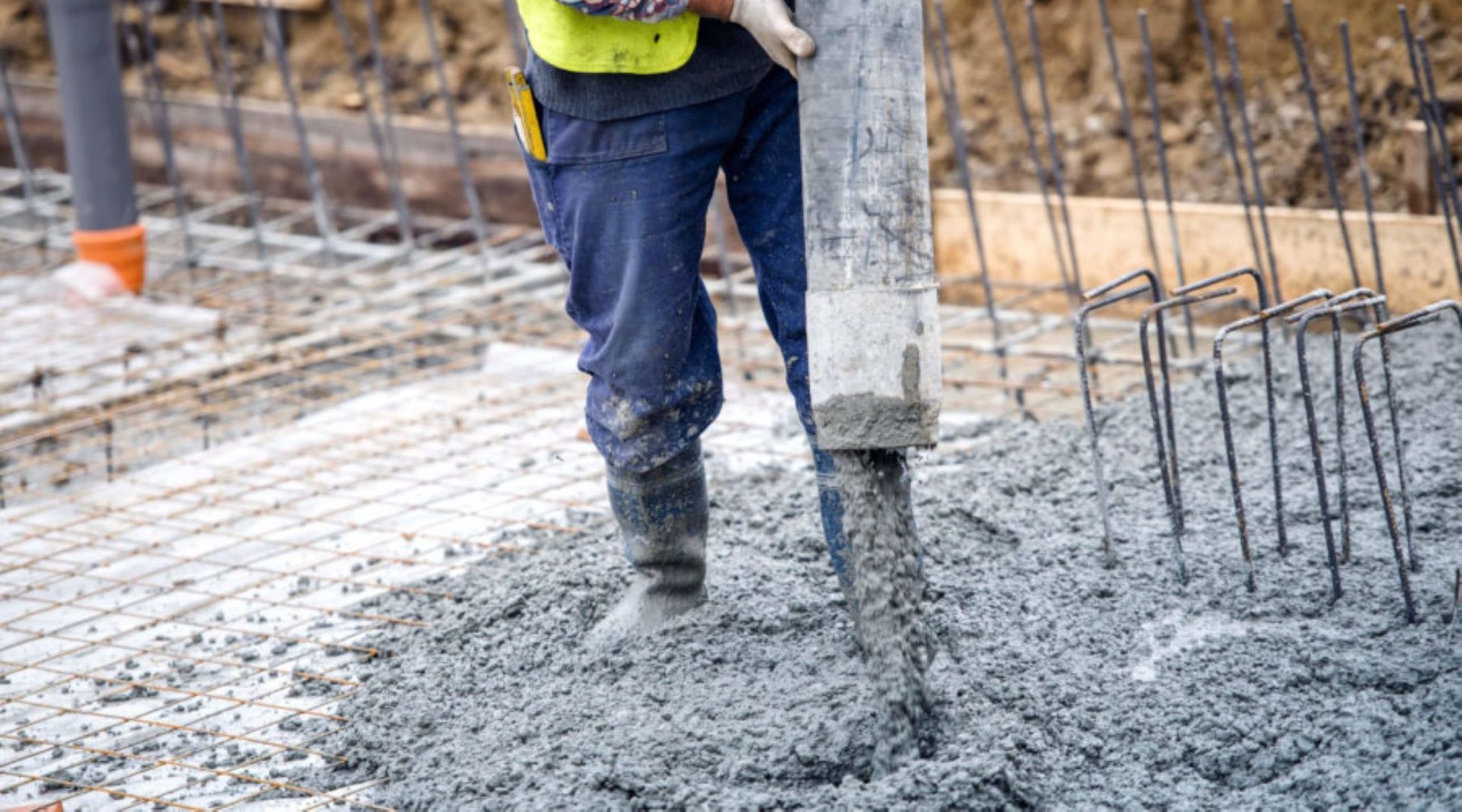A Guide to Choosing the Right Concrete for Your Project
Selecting the right type of concrete for a construction project is essential for durability, longevity, and aesthetic appeal. However, with an overwhelming number of concrete options available, from ready-mix concrete and crushed concrete to self-compacting concrete, finding the right concrete can be a daunting task.
We've created this buyer's guide to concrete to provide essential information about the different types of concrete, their uses, and their advantages. This guide will help you determine which type of concrete is right for your needs.
What Is the Difference Between Cement, Mortar and Concrete?
First things first, all too often cement, mortar and concrete are named interchangeably. However, each one of these cement products has a different blend of materials, which offers different properties and makes them suited for diverse applications. Before deciding which concrete you require, you should understand how concrete differs from cement and mortar.
- Cement: A fine, binding powder used to join other materials together, it is used to make concrete mortar, render and screeds.
- Mortar: A mixture of cement, sand and water. Mortar is often used to hold bricks or blocks together to create a wall. Render is a thin layer of mortar used to coat the exterior of a wall. General-purpose mortars are a mixture of builder’s sand, cement and water and either hydrated lime or plasticiser.
- Concrete: A mixture of cement, sand, aggregates and water.
Types of Concrete Mixes
The variations and additives in concrete mixtures can create a wide range of concrete types, each tailored to specific needs in the construction industry. Let's take a look at different types of concrete, their applications, advantages and disadvantages.
Ready-Mix Concrete
Read-mix concrete (RMC) takes the hassle out of concrete preparation by using a blend that has been pre-mixed in a plant and transported to the construction site. As this mix is dry, concrete can be made as and when it is needed, preventing excess material from being stored or disposed of once your project is finished. A range of ready-mix blends come with varying material compositions to suit them for different applications.
- Uses: Foundations, driveways, pavements and more.
- Advantages: Precise control, efficiency and reduced labour.
- Disadvantage: Limited shelf life after mixing.
Self-Compacting Concrete
Self-compacting concrete (SCC) is designed to flow and settle into formwork without vibration. It contains super plasticisers and stabilisers to increase the ease and rate of flow, compacting into every part of the mould without any segregation of the coarse aggregate.
- Uses: Architectural elements, precast concrete, high-quality finishes and more.
- Advantages: Improved surface finishes and reduced labour.
- Disadvantages: Limited material selection and higher construction costs.
High-Performance Concrete
High-performance concrete (HPC) is a type of concrete engineered for high durability, strength and workability. Its particular blend of specific additives or admixtures gives it these properties that make it ideal for heavy-duty applications.
- Uses: High-rise buildings. Bridges and projects requiring high durability.
- Advantages: High durability, strength and minimal maintenance.
- Disadvantages: Careful material selection and higher material costs.
Crushed Concrete
Crushed concrete, also known as recycled concrete aggregate (RCA) is made by crushing down existing concrete structures, such as roads or pavements, into smaller pieces to be reused for other applications.
- Uses: Many landscaping uses e.g. pathways, patios, ponds and paving.
- Advantages: Cost-effective, reduces landfill waste, versatile
- Disadvantages: Less durable, lower quality and aesthetic appearance
Fibre-Reinforced Concrete
Fibre-reinforced concrete (FRC) contains fibres such as steel, natural or synthetic fibres, to increase structural integrity and crack resistance.
- Uses: Industrial flooring, shotcrete and structures requiring enhanced durability.
- Advantages: Reduced shrinkage cracking, improved crack resistance and durability.
- Disadvantages: Reduced workability, must be mixed meticulously and higher cost price.
Rapid-Set Concrete
Rapid-set concrete (RSC) as the name suggests, is a concrete blend which sets faster than standard concrete. While traditional concrete takes around 48 to harden, rapid-set concrete will harden after approximately one hour.
- Uses: Fence posts, minor repairs, footpaths and paving
- Advantage: Quick-dry time for fast project completion.
- Disadvantage: Quick dry time means there is less leeway for errors once the concrete has been poured.
Pervious Concrete
Pervious concrete is a porous mix that allows water to pass through and infiltrate the ground. It is designed to manage storm conditions by reducing runoff and recharging groundwater.
- Uses: Car parks, driveways, pavements, and other surfaces where water infiltration is desired.
- Advantages: Reduced stormwater runoff, improved groundwater recharge, and improved water quality
- Disadvantages: Lower strength, clogging, limited freeze-thaw ability.
Stamped Concrete
Stamped concrete is designed to offer the appearance of more expensive materials, such as stone, brick or tile. It's a decorative concrete option that provides versatility and aesthetic customisation.
- Uses: Patios, driveways, and other decorative surfaces.
- Advantages: Cost-effective alternative to natural materials, customisable patterns and colours.
- Disadvantages: Difficult to repair, susceptible to cracking over time.
Mix Your Own Concrete
Concrete can be made at home by buying all the individual materials and combining them in specific ratios to achieve the desired strength according to their intended use. For instance, to create a standard concrete mix, a ratio of 3 buckets of sand to 2 buckets of aggregates to 1 bucket of cement can be used. This mix can then be adjusted by adding water if it is too dry until the mix reaches the ideal consistency.
- Uses: The mix can be adapted by varying the quantities of materials to make it suitable for many different applications.
- Advantages: Cost-effective, quality control, project customisation
- Disadvantages: Requires knowledge and experience, is time-consuming and labour-intensive, requires specialist equipment.
The Importance of Choosing the Right Concrete Type
Selecting the appropriate concrete type is crucial in ensuring the success of a construction project. Here is why it matters:
Structural Integrity
Choosing the right concrete type ensures that the concrete can withstand the demands of your structure and environmental conditions. High-performance concrete is designed with high strength and durability, enabling it to endure high stress and adverse conditions and maintain critical structural integrity.
Fibre-reinforced concrete, which contains various fibrous materials, increases the concrete's resistance to cracking and improves its overall toughness, making it particularly suitable for structures subjected to heavy loads, such as bridges, high-rise buildings, and industrial floors.
Durability
Concrete's durability is a key factor in its ability to resist deterioration caused by environmental factors. In areas prone to freeze-thaw cycles, choosing air-entrained concrete can prevent damage by allowing space for water to expand as it freezes.
For structures exposed to chemicals or harsh environmental conditions, sulphate-resistant or chemical-resistant concrete types are essential to prevent degradation. Abrasion-resistant concrete is crucial for surfaces subject to heavy wear and tear, such as pavements and industrial floors, ensuring a longer lifespan and reducing the need for frequent repairs.
Aesthetics
For projects where aesthetic appearance is important, the choice of concrete type matters. Stamped concrete, which can mimic the appearance of stone, brick, or wood, offers an attractive solution for patios, walkways, and driveways.
Decorative concrete includes options like coloured, stained, or polished concrete, providing a wide range of aesthetic choices while maintaining the structural benefits of standard concrete. These aesthetic considerations are particularly important in residential and commercial projects where visual appeal is as crucial as structural performance.
Environmental Impact
Sustainable construction practices have become an increasingly important factor. Pervious concrete, which allows water to pass through, helps manage stormwater runoff and reduces the risk of flooding. This type of concrete is beneficial for parking lots, walkways, and other areas where water management is a concern.
Additionally, using recycled concrete aggregates reduces the carbon footprint associated with a construction project and promotes sustainable building practices.
Cost-Effectiveness
Selecting the right concrete type can impact project costs in the short and long term. While high-performance concrete may have a higher upfront cost, its enhanced durability and low maintenance requirements over its lifespan make it a worthwhile investment.
On the other hand, for projects with budget constraints, standard concrete may be the most economical choice. Balancing the initial costs with the long-term benefits is crucial in making a cost-effective decision.
WM Thompson & Sons Ltd
At WM Thompson & Sons Ltd, we offer a range of high-quality sustainable concrete solutions in Glasgow and beyond. Through our sister company, Thompson Concrete Products Ltd, we provide trade customers with eco-friendly concrete, tailored to meet your specific needs.
Our experienced team ensures the ideal sustainable concrete solution for any project. With a fleet of concrete trucks, we efficiently supply between 1 to 10 cubic metres of wet concrete and screed. From self-compacting to ready-mix concrete, our onsite mixing service gives you full control over your orders.
Contact us today to discuss your eco-friendly concrete requirements.

